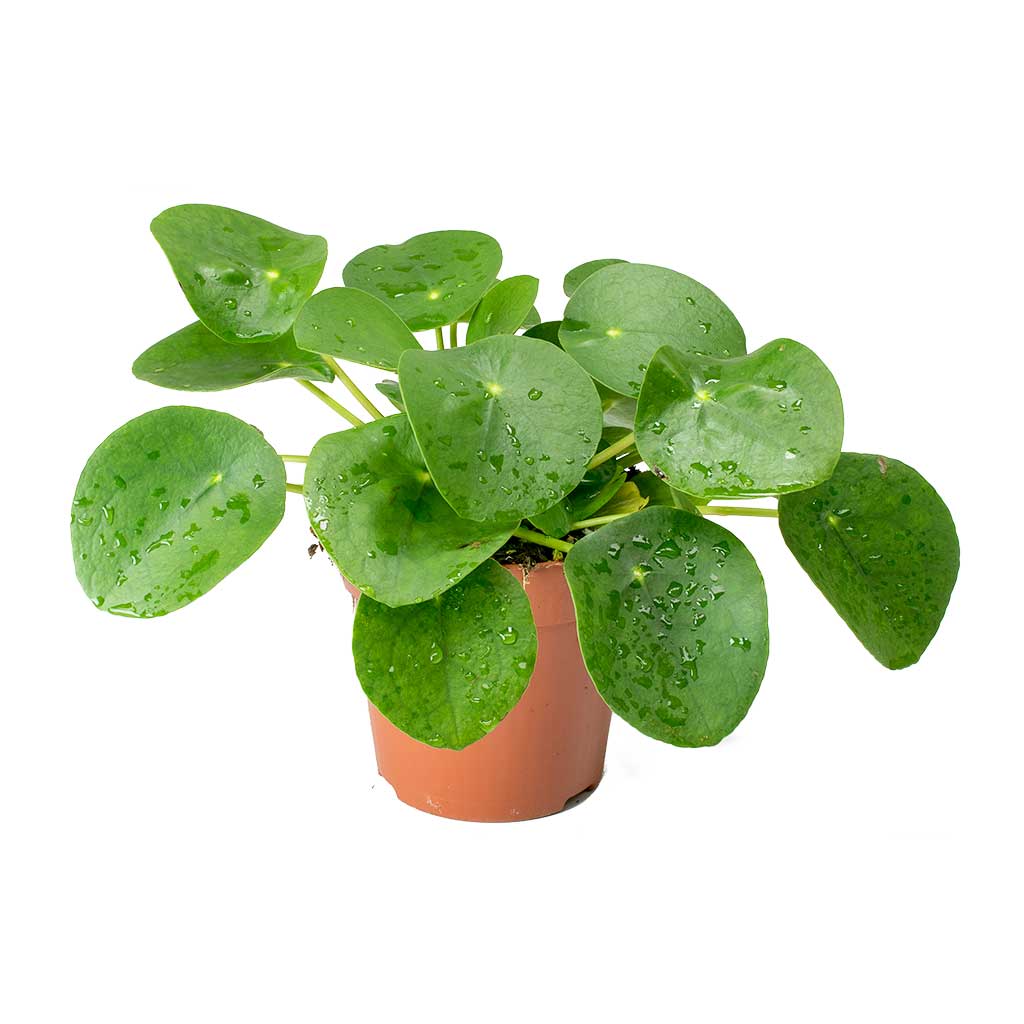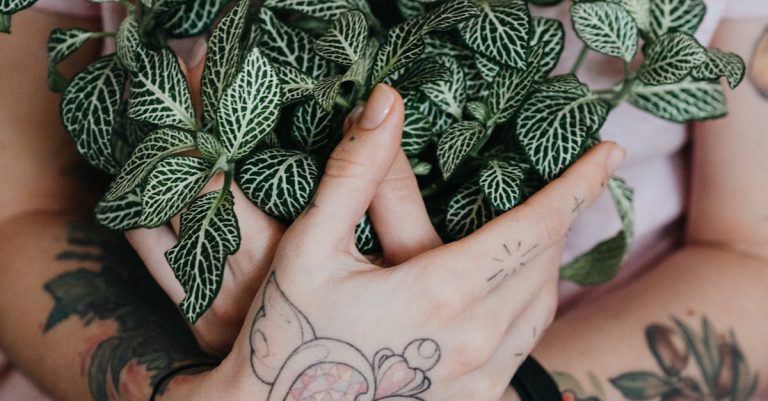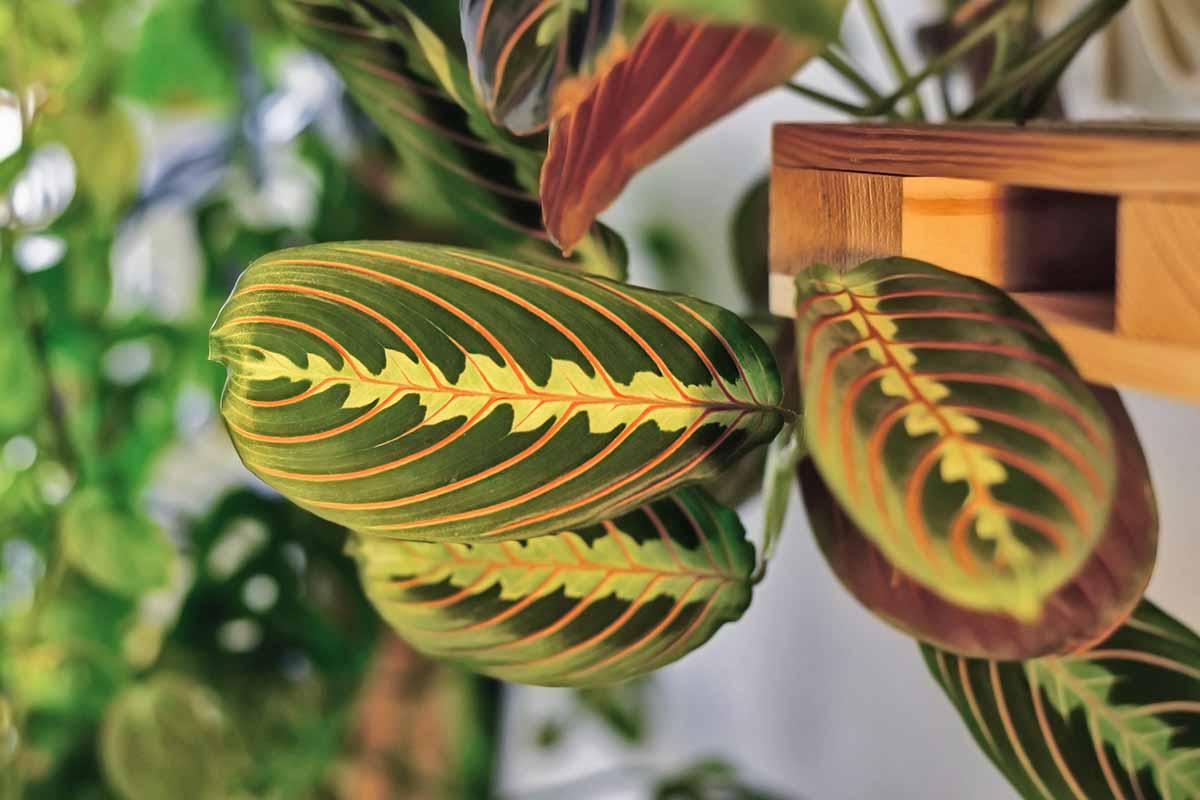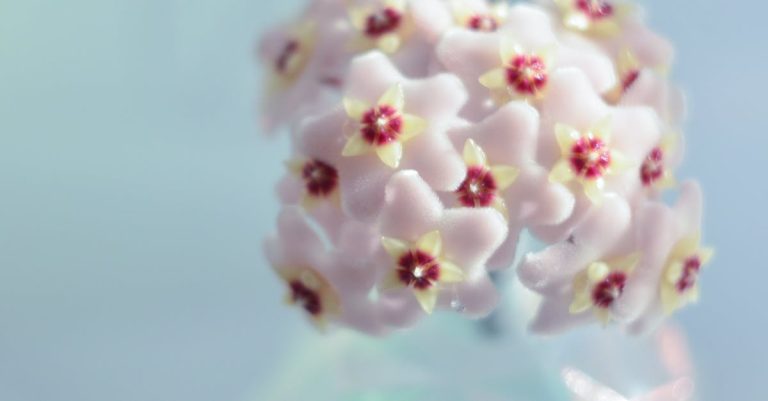How To Care For Chinese Money Plant (Pilea peperomioides)
Did you know that the Chinese Money Plant, also known as Pilea peperomioides, is believed to bring good luck and prosperity to its owner? This unique plant has gained popularity in recent years for its round, pancake-shaped leaves and easy-care requirements. Originally from southwestern China, the Chinese Money Plant was brought to Europe in the 1940s and has since become a beloved houseplant around the world.
With its charming appearance and symbolic meaning, the Chinese Money Plant has become a trendy choice for plant enthusiasts and beginners alike. Its quirky leaves and low-maintenance nature make it a perfect addition to any indoor space. One interesting fact about the Chinese Money Plant is that it is known for its ability to produce offshoots, or “pups,” which can be easily propagated to create new plants. This makes it a great option for sharing with friends or expanding your plant collection.
In order to care for your Chinese Money Plant, it is important to provide it with bright, indirect light and well-draining soil. Watering should be done sparingly, allowing the top inch of soil to dry out between waterings. Regularly rotating the plant to ensure even growth and dusting the leaves to keep them clean will help to maintain its health and appearance. With proper care and attention, your Chinese Money Plant will continue to thrive and bring a touch of good fortune into your home.

How can I effectively care for a Chinese Money Plant (Pilea peperomioides)?
Chinese Money Plants, also known as Pilea peperomioides, are popular houseplants known for their round, coin-shaped leaves and easy care requirements. To properly care for a Chinese Money Plant, you will need to provide it with bright, indirect sunlight, well-draining soil, and regular watering. Additionally, it is important to rotate the plant occasionally to ensure even growth and fertilize it every few months to promote healthy foliage. For a more in-depth look at caring for Chinese Money Plants, continue reading below.

**Light Requirements**
Chinese Money Plants thrive in bright, indirect light. They should be placed near a window that receives plenty of sunlight, but make sure to avoid direct sunlight as it can scorch the leaves.
**Watering**
When it comes to watering, Chinese Money Plants prefer to dry out between waterings. It’s important to not overwater them, as this can lead to root rot. Water the plant when the top inch of soil feels dry to the touch.
**Soil and Fertilizer**
Chinese Money Plants thrive in well-draining potting soil. A mix of peat moss, perlite, and sand works well. Fertilize the plant once a month during the growing season with a balanced, water-soluble fertilizer.
**Temperature and Humidity**
Chinese Money Plants prefer temperatures between 60-75°F (15-24°C). They also enjoy higher humidity levels, so consider misting the leaves regularly or using a pebble tray to increase humidity around the plant.
**Propagation**
Chinese Money Plants are easy to propagate. Simply take a cutting from a healthy mother plant and place it in water or potting soil. Roots should develop within a few weeks, and you will have a new plant to care for.
**Pests and Diseases**
Chinese Money Plants are relatively pest-resistant, but they can occasionally fall victim to spider mites or mealybugs. Keep an eye out for any signs of infestation and treat them promptly with insecticidal soap.
**Growth Habits**
Chinese Money Plants are known for their unique round leaves that grow on long, thin stems. They can grow up to 12 inches tall and wide, forming a bushy, attractive plant that is perfect for tabletop or shelf display.
According to a recent survey, Chinese Money Plants have become increasingly popular among houseplant enthusiasts, with sales of Pilea peperomioides increasing by 30% in the past year.
Can I keep my Chinese Money Plant in direct sunlight?
Chinese Money Plants prefer bright, indirect sunlight. Direct sunlight can scorch their leaves, so it’s best to place them in a location where they’ll receive filtered light throughout the day.
How often should I water my Chinese Money Plant?
Chinese Money Plants like to be kept evenly moist but not waterlogged. Water them when the top inch of soil feels dry to the touch, typically every 1-2 weeks depending on the conditions in your home.
Do I need to fertilize my Chinese Money Plant?
It’s not necessary to fertilize your Chinese Money Plant, but you can do so once a month during the growing season with a balanced liquid fertilizer diluted to half strength.
What should I do if the leaves of my Chinese Money Plant start to droop?
If the leaves of your Chinese Money Plant are drooping, it’s likely a sign of overwatering. Allow the soil to dry out slightly before watering again and make sure the plant is not sitting in water.
Can I propagate my Chinese Money Plant?
Yes, Chinese Money Plants can be easily propagated by taking stem or leaf cuttings and placing them in water or moist soil until roots develop.
How big will my Chinese Money Plant grow?
Chinese Money Plants typically grow to be about 12 inches tall and wide, but they can get larger with proper care and the right conditions.
Do I need to repot my Chinese Money Plant?
Your Chinese Money Plant may need to be repotted every 1-2 years as it outgrows its current container. Look for roots coming out of the drainage holes as a sign that it’s time to repot.
Why are the leaves of my Chinese Money Plant turning yellow?
Yellowing leaves on a Chinese Money Plant can be a sign of overwatering, underwatering, or nutrient deficiencies. Check the soil moisture and consider adjusting your watering schedule.
Can Chinese Money Plants be grown outdoors?
Chinese Money Plants can be grown outdoors in warm, humid climates. Just make sure to protect them from direct sunlight and strong winds.
Are Chinese Money Plants pet-friendly?
Chinese Money Plants are non-toxic to pets, so you can safely keep them in a home with cats or dogs without worrying about any harmful effects if they’re chewed on.
Conclusion
In conclusion, caring for a Chinese Money Plant (Pilea peperomioides) can be a rewarding experience for any plant lover. Providing the right environment with indirect sunlight, well-draining soil, and regular watering can help this plant thrive and grow into a beautiful addition to your indoor garden. It’s essential to rotate the plant regularly to ensure even growth and to propagate new plants from the offsets that the mother plant produces. Additionally, keeping an eye out for signs of yellowing leaves, root rot, or pests can help you address any issues promptly and keep your Chinese Money Plant healthy.
Overall, the Chinese Money Plant is a relatively low-maintenance plant that can bring a touch of greenery and good fortune into your home. With proper care and attention to its needs, this plant can thrive and bring joy to any space. Remember to share your plant care tips and experiences with other plant enthusiasts to continue learning and growing in your journey as a plant parent.







